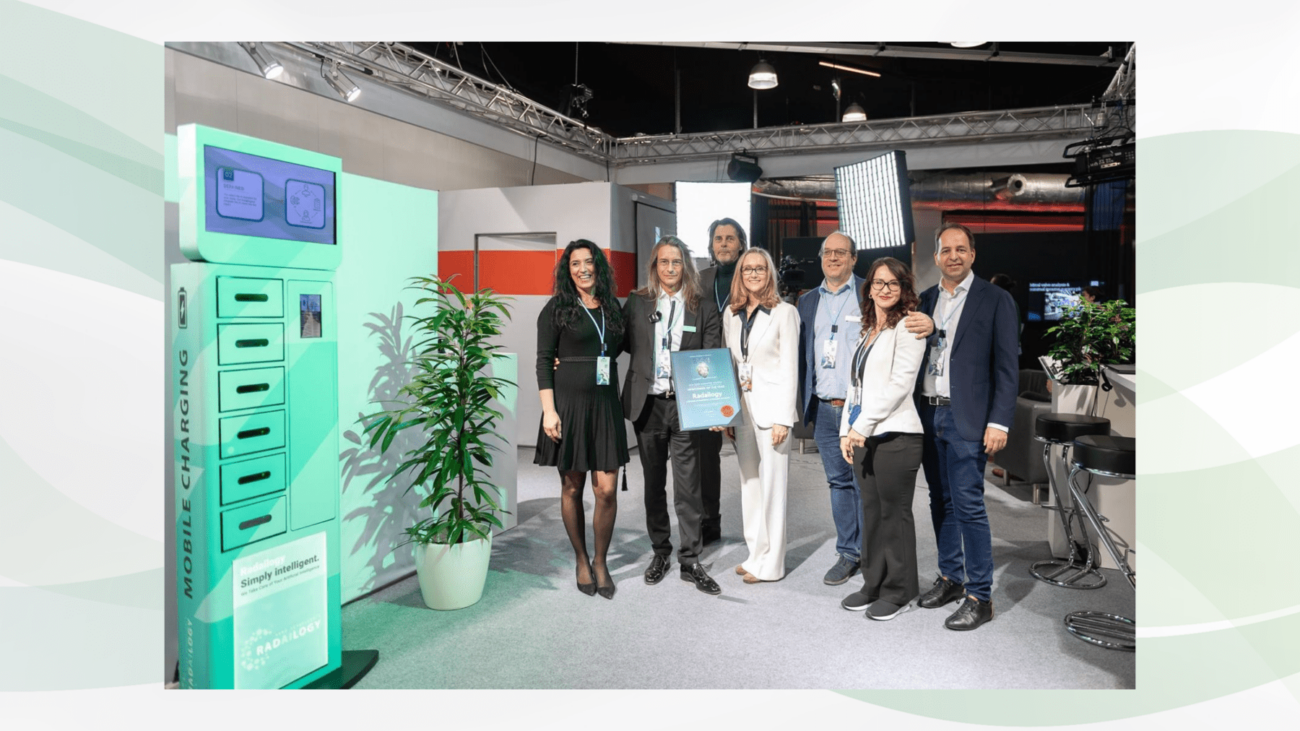Non-enhanced abdominal CT of a 51-year-old patient with right flank pain. A kidney stone approximately 11 mm in diameter is present in the right renal pelvis (left). Mild renal congestion is evident on the right side without a fornix rupture. xAID Abdomen detects the calculus and accurately reports the morphological data (middle). Furthermore, a cyst of the right kidney, the normal width of the abdominal aorta, and a slight height reduction of the L5 vertebral body are detected (right). A liver lesion was detected, but is nonspecific on the non-enhanced CT of the abdomen (not shown).
Flank pain is one of the most common reasons for emergency room visits, and nephrolithiasis is the most common cause. The incidence in Europe and the USA is approximately 0.5% (500/100,000 population) per year. The lifetime risk of the disease is 10 to 15%. Patients with stones have a 10-year recurrence risk of approximately 50%. More than one in five patients will experience three or more recurrences in their lifetime. Computed tomography is already the gold standard for diagnosing nephrolithiasis. It has a sensitivity and specificity of approximately 96% each. But is there anything better? There is!
It is with great pleasure that we present xAID Abdomen, an AI assistant for the detection of nephrolithiasis in CT studies.
Why xAID Abdomen matters and how it works
The AI assistant detects radiopaque urinary stones, excluding genuine bladder stones. The results are clearly structured in text and images. The time to diagnosis is significantly reduced and the interdisciplinary case discussions improve in quality.
Who benefits
Patients, clinicians and radiologists through the detailed presentation and diagnosis of nephrolithiasis with meaningful data and images.
Our own experience at Radailogy
Even if renal calculi smaller than 5 mm are clinically insignificant, the visualization of even smaller stones with xAID Abdomen is valuable. In our sample, the TP, TN, FP, and TN values were excellent, with an accuracy greater than 98%. xAID Abdomen also detects ectasias and aneurysms of the abdominal aorta, as well as fractures of the lumbar vertebrae on non-enhanced abdominal CT scans. For the latter, the AI assistant provides a fairly accurate assessment of the age and a description of the extent of the fractures. xAID Abdomen also detects adrenal adenomas with high reliability. Liver and kidney lesions are also reported. Not least because the latter lesions are the subject of contrast-enhanced CT, we currently recommend the use of xAID Abdomen especially for the detection of nephrolithiasis. Here, the AI assistant delivers high precision. xAID Abdomen can be used for each individual patient by quickly and easily uploading non-enhanced CT studies of the abdomen to Radailogy. Our teleradiology customers also use this AI assistant as a standard in daily practice to optimize their workflow in the emergency setting.
The scientific evidence
Langkvist M, Jendeberg J, Thunberg P, Loutfi A, Liden M. Computer-aided detection of ureteral stones in thin-slice computed tomography volumes using Convolutional Neural Networks. Comput Biol Med. 2018;97:153–160
De Perrot T, Hofmeister J, Burgermeister S, et al. Differentiating kidney stones from phleboliths in unenhanced low-dose computed tomography using radiomics and machine learning. Eur Radiol. 2019;29(9):4776–4782
Data to upload to Radailogy
Non-enhanced abdominal CT studies of any CT scanner for patients aged 18 and older; axial reformations; dose rate minimum 2mA; maximal slice thickness 3 mm; soft tissue reconstruction kernel


